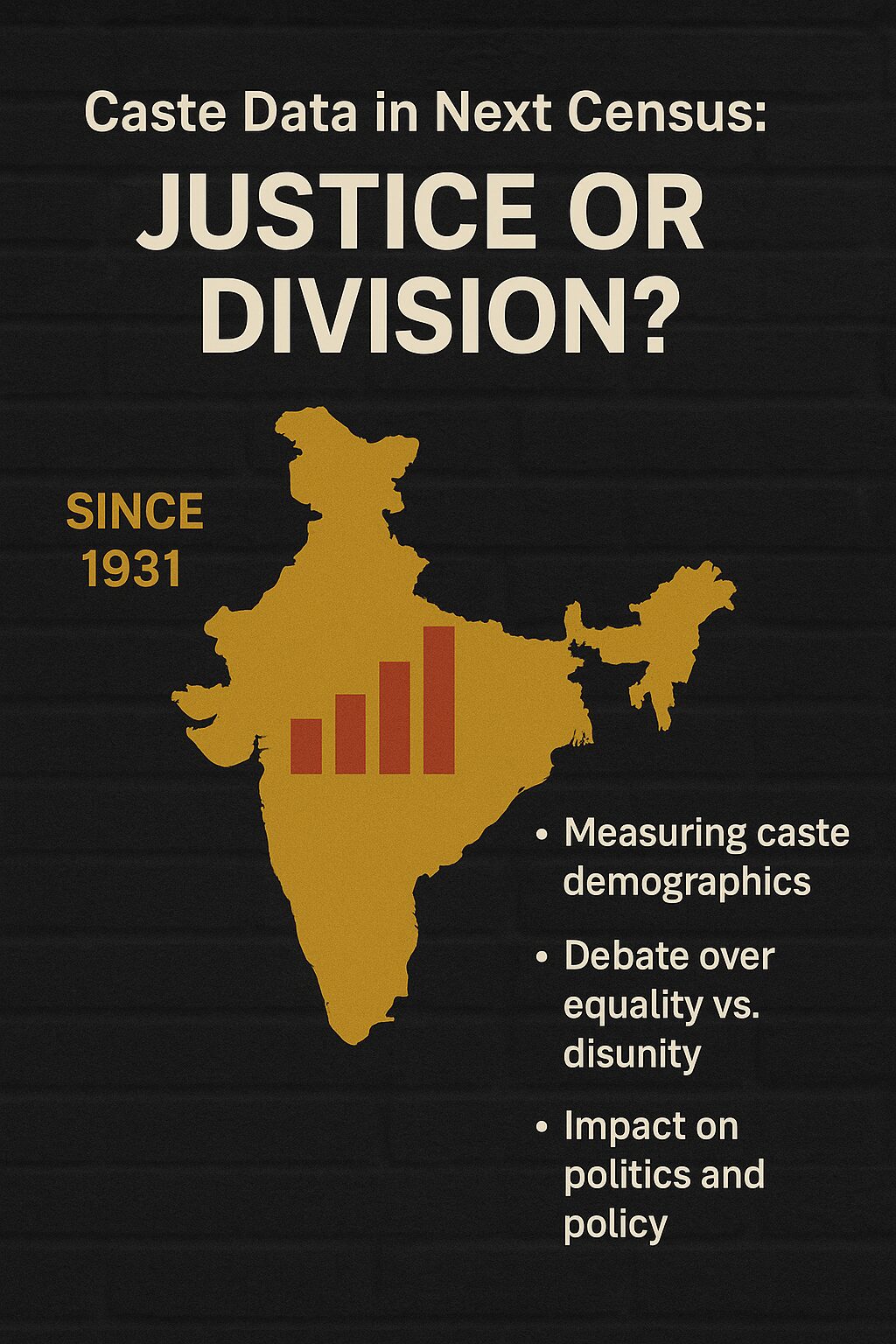For the first time in nearly a century, India is preparing to include caste data in its national census. This historic move, last undertaken in 1931 under British rule, has ignited passionate debates across the political spectrum. Is it a necessary step toward social justice or a dangerous path that may deepen caste-based divisions?
A caste census refers to the collection of population data based on caste identities. While India collects data on Scheduled Castes (SCs) and Scheduled Tribes (STs), it has avoided a broader caste enumeration since independence. The 2025 census aims to record Other Backward Classes (OBCs) and potentially even more granular caste details.
Supporters argue:
- It will provide accurate data to ensure fair policy-making and reservation allocation.
- Many welfare schemes are based on outdated estimates from 1931.
- Data transparency could help uplift underrepresented communities.
Critics argue:
- It may reinforce caste identities and deepen social divisions.
- Politicians could exploit the data for vote-bank politics.
- It could lead to calls for increasing reservation quotas, creating friction among communities.
The government has yet to release the exact format, but it’s expected to include:
- Self-declared caste identity
- Economic indicators
- Access to education, jobs, and housing by caste group
Political parties are already sharpening their strategies:
- Regional parties like RJD and DMK support it for greater OBC visibility.
- The ruling BJP has cautiously embraced it to counter opposition pressure while avoiding upper-caste backlash.
Will data empower or divide?
This census could be a landmark for equity if handled with transparency and sensitivity. But if politicized, it could stir unrest and widen India’s most enduring fault line — caste.
The 2025 caste census is not just a bureaucratic exercise. It’s a reflection of India’s evolving democracy. Whether it leads to justice or controversy will depend on how responsibly the data is used — and how society chooses to respond.

